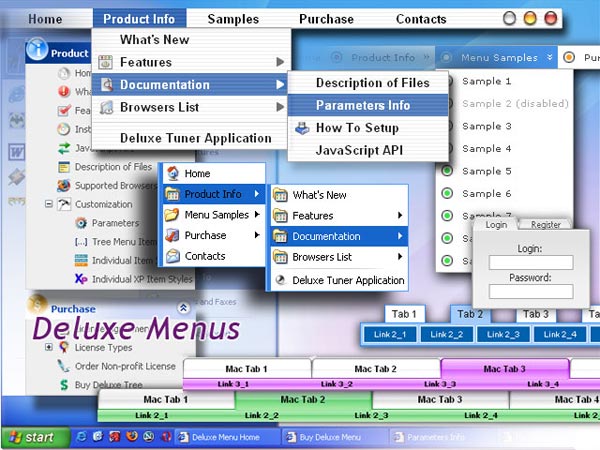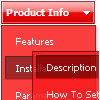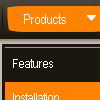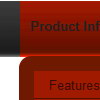Recent Questions
Q: Hi, how to change font/size of the main java script pull down menu?
I see the option only for the sub menus.
A: I suppose that you're using Vista style template.
You should change font for the top items in Individual styles.Try that.
Q: I have created a CSS menu that appears in the <noscript> section, but am having a problem getting it to behave the same as the java menu. I want to show all the items as asingle line at each level, aligned to the left of the frame. I cannot find a way ofsetting left align in the style sheet or in the deluxe tuner for the css dhtml menu.
A: We've added align parameters in the new version 3.6:
var subMenuAlign="pleft";
You should set this parameter and specify width for submenu. You can use different smwidthfor each submenu using Individual Submenu styles.
Q: Is there a way to have the menu stay expanded in the same exact state when
I click on a menu item of the javascript tree view and go to a new page?
A: There is no need to write additional code on a server side to remember what items were expanded/collapsed.
DHTML Tree Menu can save items state automatically.
Please, see the example of the menu that works with cookies:
http://dhtml-menu.com/tree-examples/tree-menuxp-save-state.html
Set the following parameter:
var tsaveState = 1;
and the menu remembers its structure for each user who visit your page.
Try to expand/collapse items. Then reload the page and you'll see results.
Q: Now, one more little question -
in a Tree menu, I know how to make a menu expand by default and expand only on a mouse click.
However, I believe there is a way to make a menu item expand on a "mouse over" without a click.
How can this be done?
A: No, unfortunately it is not possible to expand the tree menu onmouseover now. It is possible that we'll add this feature in the nextversion.










